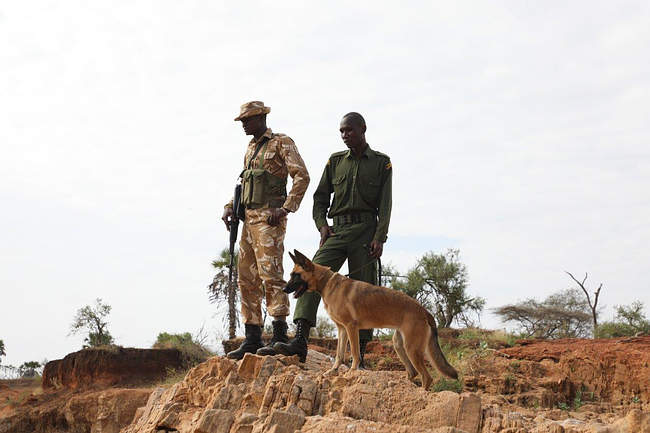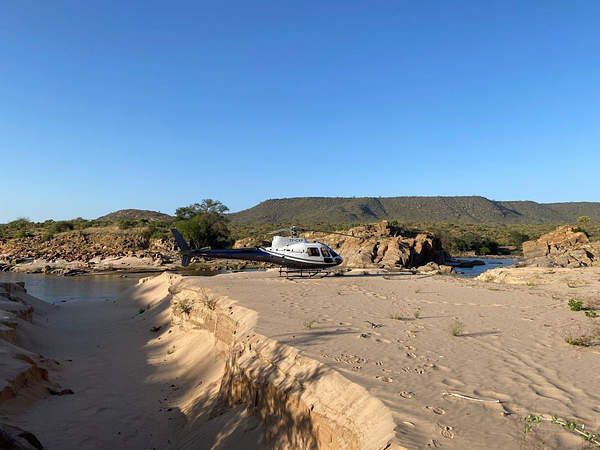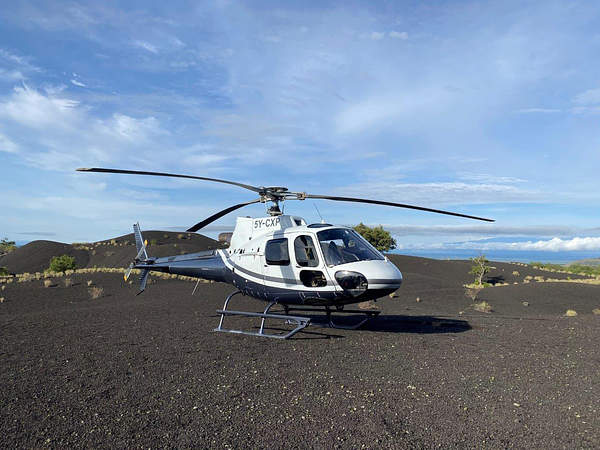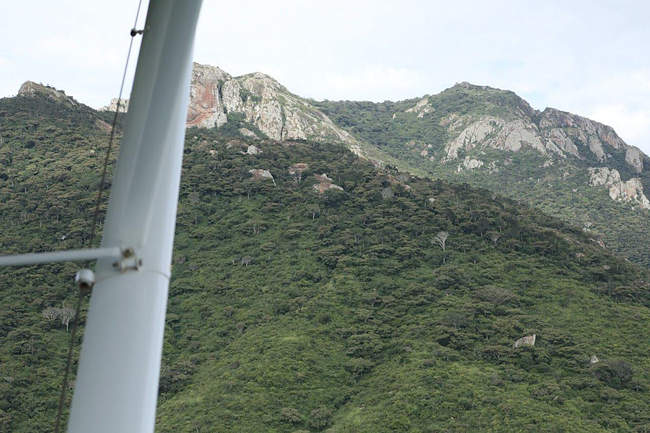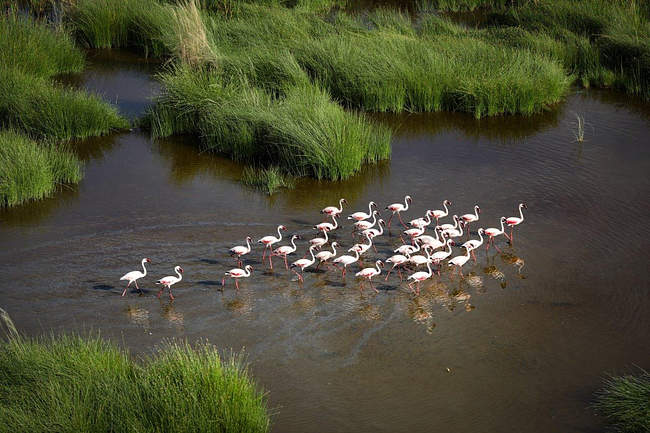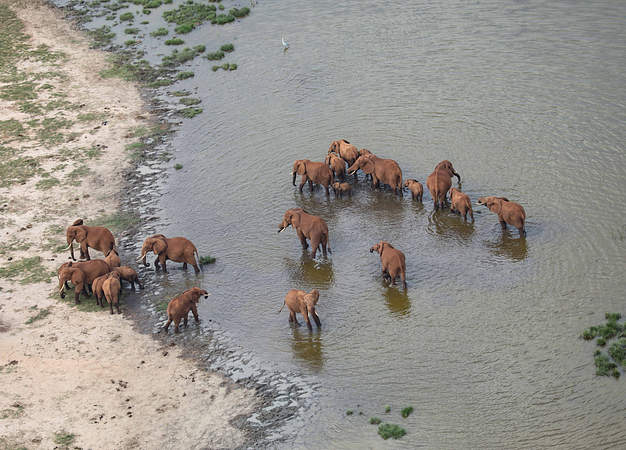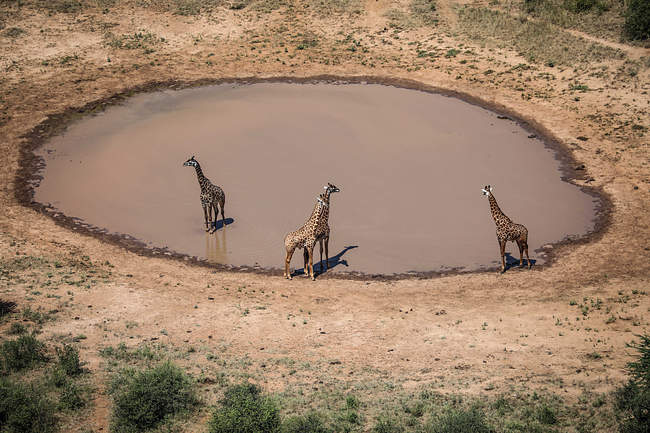March was another month with an overwhelming number of human-elephant conflict (HEC) cases recorded - a continual reminder of the future of conservation in Kenya.
At least for now, elephant and rhino poaching in Kenya, and especially in Tsavo, is relatively under control. With the increased security, elephants are seemingly feeling more comfortable and venturing out of the National Park into more settled areas on a more regular basis, while at the same time there has been a steady growth of land under cultivation in what were previously protected buffer zones around the Park. All factors in the increased incidents of HEC that have been reported and responded to by the Trust.
During the month, poaching activity for elephants and rhinos remained low, the only evidence of human activity was the sighting of a very old poachers' camp, deep within Tsavo East NP, towards the end of the Yatta Plateau. One elephant carcass was sighted in March during a fixed-wing aerial patrol along the Tsavo River.
Only one veterinary case in Tsavo required assistance from the Aerial Unit during the month. Upon receiving word from Big Life that rangers had spotted 'One Ton' with an infected wound, we organised an urgent veterinary treatment. The wound was even more serious than initially though, penetrating at least a foot deep into his neck. The size and angle of the injury suggest it was not inflicted by humans and was more likely caused by a fight with another bull. The wound was nevertheless cleaned out thoroughly and once administered with antibiotics, One Ton was given a good prognosis and observations from Big Life over the following days were that he was already feeling much better. Read about the operation to treat him.

One Ton gets to his feet after a successful treatment
An unusual and somewhat alarming development in March, given the season, was the occurrence of a number of bushfires. A total of 3 fires were responded to by the Aerial Unit, including a large fire on Rukinga ranch, where our friends from Wildlife Works were battling an enormous fire thought to have been started by dry lighting. All three fires were eventually brought under control.
In addition to active callouts to support field operations, a number of pre-planned training exercises were conducted with the Canine Unit to help reinforce the team's training. These exercises included ambushes along well-worn paths in the Tsavo East, and although fresh activity was seen, no arrests were made. The Canine Unit also conducted various simulated tracking activities assisted by helicopter drops.
In addition to regular operations, the helicopter was also involved in a two-day survey of the Chyulu Hills with two leading East African botanists to evaluate the damage done to the cloud forest in last year's fire season. This activity was funded by the Chyulu Hills REDD+ Project, in which SWT is a partner.
Some interesting and exciting observations in March included one sighting of an African Wild Cat, normally only seen at night, seven lions eating a mostly consumed ostrich, and another pride of six lions on the Tiva River being watched by a leopard atop an adjacent rocky outcrop.


